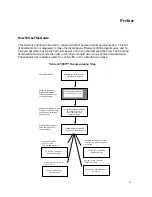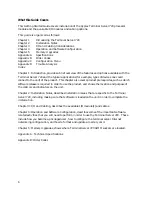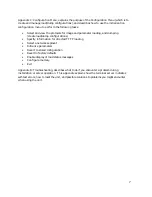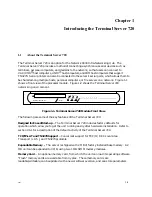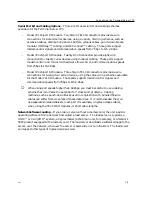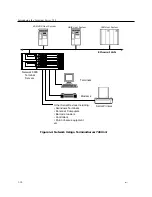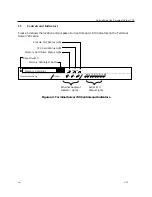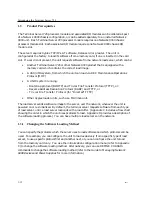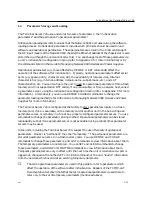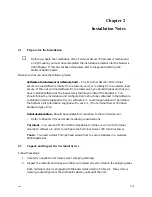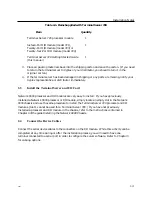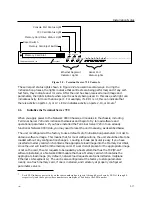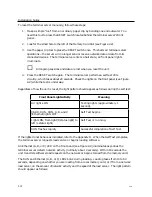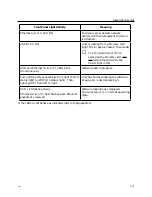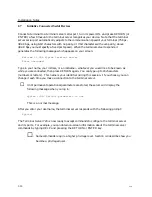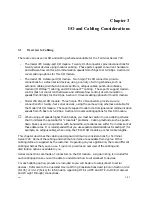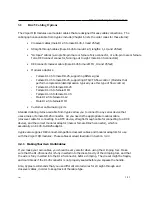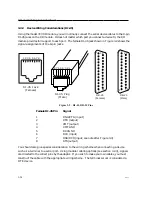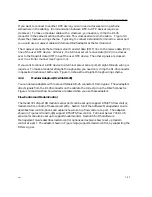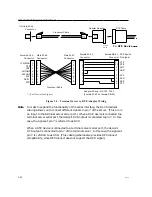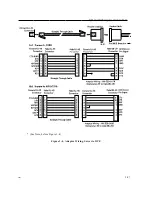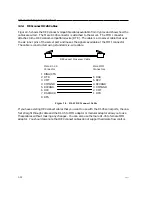
Introducing the Terminal Server 720
1.4
Parameter Storage and Loading
The Terminal Server 720 uses and stores two sets of parameters: the "initialization
parameters" and the permanent "operational parameters."
Initialization parameters refer to values that the Network 9000 unit uses during the software
loading process. Initialization parameters include which protocols should be used to load
software and operational parameters. These parameters are stored in the Control Storage of
the AC input module of the Network 9000 chassis (the Ethernet address of the chassis slot is also
stored there, although the unit cannot alter this). You can change most of these parameters via
a unit's initialization configuration menu (refer to Appendix C for more information) or by
the commands listed in the Guide to Managing Network 9000 Devices and Power Supplies.
Operational parameters (e.g., those affected by DEFINE or SET commands) affect the
operation of the software after initialization. Typically, operational parameters affect serial
ports (e.g., speed, parity, character size, etc), the availability of local services, Internet
characteristics (e.g., internet-address, domain-name, subnet-mask, etc), and LAT
characteristics, etc. You can configure the unit to load its operational parameters from a flash
memory card (not supported on OTP cards), if one is available, or from a network host, called
a parameter server, using the initialization configuration menu (refer to Appendix C for more
information). Alternatively, you can use DEFINE CHASSIS commands to change the
parameter loading method (refer to the Guide to Managing Network 9000 Devices and Power
Supplies for more information).
The Terminal Server 720 is configured at the factory to store parameters locally on a flash
memory card, if one is available, on the memory card of another unit in the hub acting as a
parameter server, or remotely in a file at any properly configured parameter server. You use
commands to change the parameter storing method. Operational parameters can be stored
redundantly so that if one parameter server is not available during a reboot other parameter
servers may be used.
Some units, including the Terminal Server 720, support the use of two sets of operational
parameters. One set is "permanent" the other "temporary." The permanent parameters are
stored at parameter servers or on a flash memory card. You use DEFINE and PURGE
commands to change these parameters, and LIST commands to view information about them.
The temporary parameters are not stored. You use SET and CLEAR commands to change
these parameters, and SHOW or MONITOR commands to view information about them.
Temporary parameters are only in effect until the next time the unit is reinitialized, a port is
logged out, changed with another SET or CLEAR command, or the unit "learns" information
from the network which overrides an existing temporary parameter.
☞
The term operational parameters is used in this guide to refer to parameters which
affect the operation of the software after initialization. Readers of the TCP/IP-LAT
Documentation Set should note that the term operational parameters is used there to
refer only to the set of temporary parameters (mentioned above).
0021
1-13



